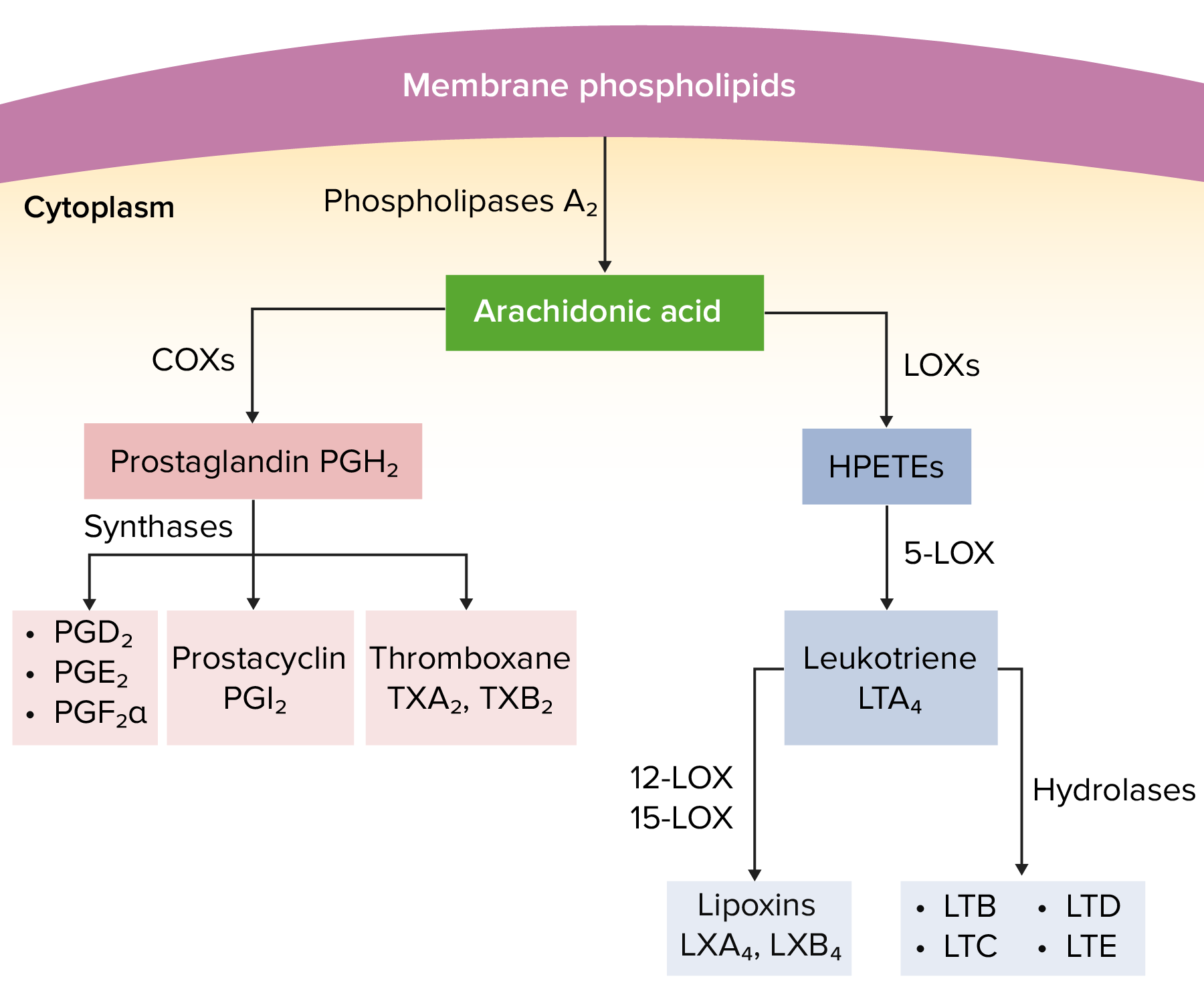Playlist
Show Playlist
Hide Playlist
Systemic Lupus Erythematosus (SLE) in Children: Labs and Management
00:01 Let’s go back to the ANA. Here are two patterns we might see in a patient with an ANA. 00:08 This is the diffuse-patterned ANA and this is the speckle-patterned ANA. It’s what they look like under the microscope. An ANA is the anti-nuclear antibody. Remember, this is the pathophysiology of the disease. Patients are making antibody complexes against nuclear antibodies. Typically, this has a titer level and a pattern reported with it. Patients with lupus have high titers which means you have to dilute their blood several times before they lose their ANA positivity. They typically typically have either diffuse or speckled. Other diseases like scleroderma have an ANA positivity, too, but that’s a different pattern, the centromeric pattern, looks a bit different under the microscope. 00:58 There were also those other immune labs I promised I would talk about. There are several. 01:04 One of them is the anti-double stranded DNA. That’s probably the most important one. 01:09 Patients may also develop anti-smith antibodies. They may develop antiphospholipid antibodies. 01:16 That’s not so important from a diagnostic perspective, although it does absolutely satisfy that criteria. 01:23 But it’s important because patients with antiphospholipid antibody syndrome are at increased risk for clot formation. These are the patients that have strokes. Other findings include a high sed rate, a high CRP, or low complement levels as that complement is being chewed up. Those aren't diagnostic criteria but you will see them on labs. The management of lupus is somewhat complex but basically hinges around the idea that we want to control the inflammation that’s going on. That’s mediated by the patient’s immune system. So, prednisone is a mainstay of therapy. Hydroxychloroquine, which is an anti-malarial medication can help with some of the symptoms. It helps with skin symptoms, with arthritis, with fatigue, and it can help with the antiphospholipid antibody syndrome that a small percentage of these patients have. Additionally, we give patients NSAIDS mostly for arthritis and also for pain management. We do use immune modulators. Immune modulators can be powerful help in terms of controlling the immune system. Examples of immune modulators we might use are mycophenolate mofetil, methotrexate, azathioprine, cyclophosphamide or rituximab. 02:46 Rituximab is an antibody that has come on the market recently that is being very beneficial for some of these patients. It is a little bit expensive. For patients with antiphospholipid antibodies, we may add daily aspirin therapy as a way of controlling the risk for clot formation inside their bodies. 03:07 In general, we’ll advise these patients to avoid sun exposure remembering that they are not only more susceptible to sun exposure but this is part of what’s triggering their inflammation. 03:18 That’s my review of lupus for today. Thanks for your attention.
About the Lecture
The lecture Systemic Lupus Erythematosus (SLE) in Children: Labs and Management by Brian Alverson, MD is from the course Pediatric Rheumatology and Orthopedics. It contains the following chapters:
- SLE Labs
- Management of SLE
Included Quiz Questions
Which of the following is NOT a standard therapy for systemic lupus erythematosus (SLE)?
- Pregnenolone
- Prednisone
- Methotrexate
- Rituximab
- Hydroxychloroquine
Which of the following is TRUE regarding anti-nuclear antibodies (ANAs) in systemic lupus erythematosus (SLE)?
- Under the microscope, ANAs can appear in a speckled or diffuse pattern.
- Samples do not require dilution.
- SLE is the only autoimmune disease with ANA positivity.
- Forms immune complexes
- The centromeric pattern can also be seen in special cases of SLE.
Which of the following lab results is NOT seen in patients with systemic lupus erythematosus (SLE)?
- Elevated complement levels
- Anti-phospholipid antibodies
- Anti-double-stranded DNA antibodies
- High ESR and CRP
- Anti-Smith antibodies
Which of the following is associated with an increased risk of stroke in systemic lupus erythematosus (SLE) patients?
- Antiphospholipid antibodies
- Elevated ESR
- Elevated CRP
- Anti-Smith antibodies
- Anti-double-stranded DNA antibodies
Which of the following drugs should be added to the management of a systemic lupus erythematosus (SLE) patient with positive antiphospholipid antibodies?
- Daily aspirin
- NSAIDs
- Rituximab
- Methotrexate
- Prednisone
Customer reviews
5,0 of 5 stars
| 5 Stars |
|
2 |
| 4 Stars |
|
0 |
| 3 Stars |
|
0 |
| 2 Stars |
|
0 |
| 1 Star |
|
0 |
Excellent lecture, one more complex topic that is becoming more "graspable". Thanks!
Very easy to understand and a good review for SLE labs. Anybody could be able to understand






